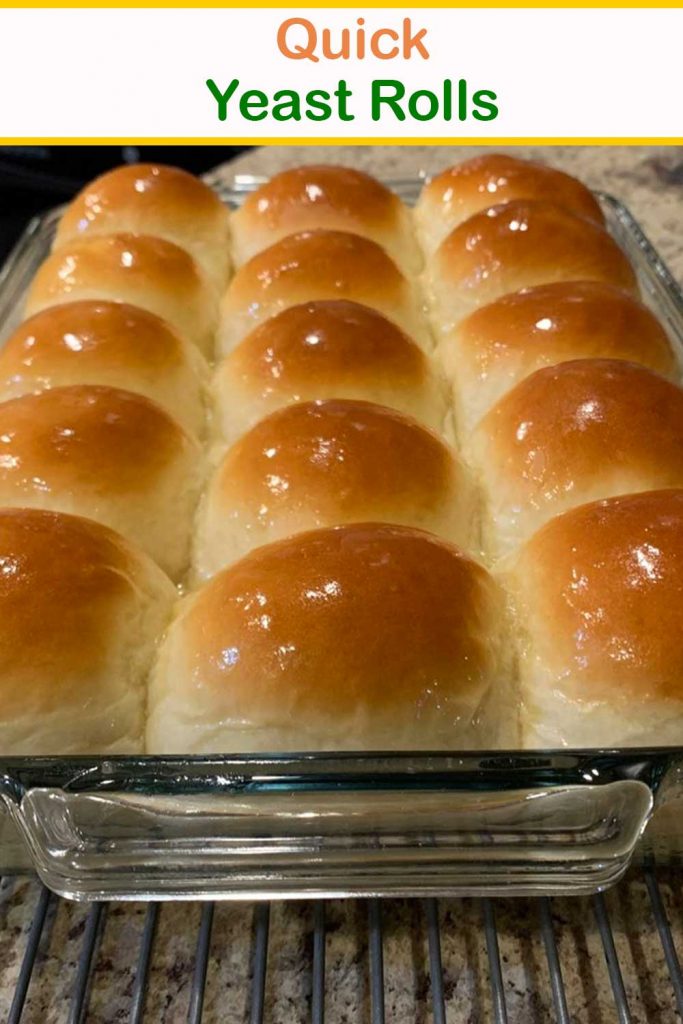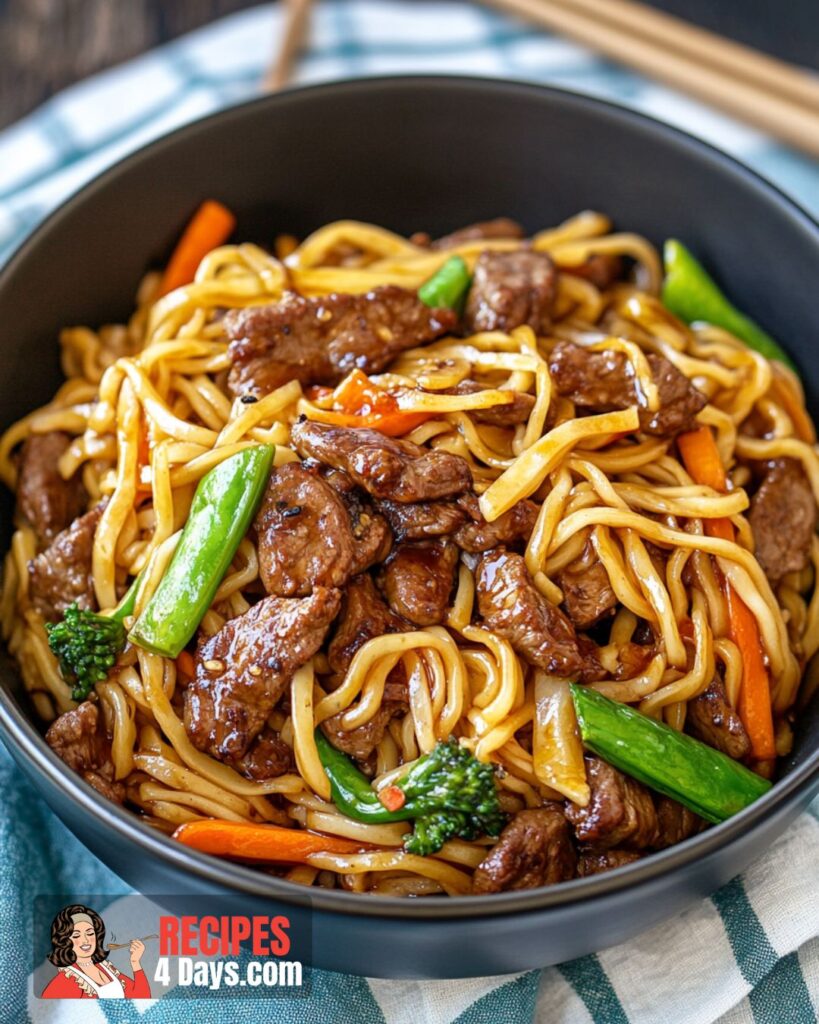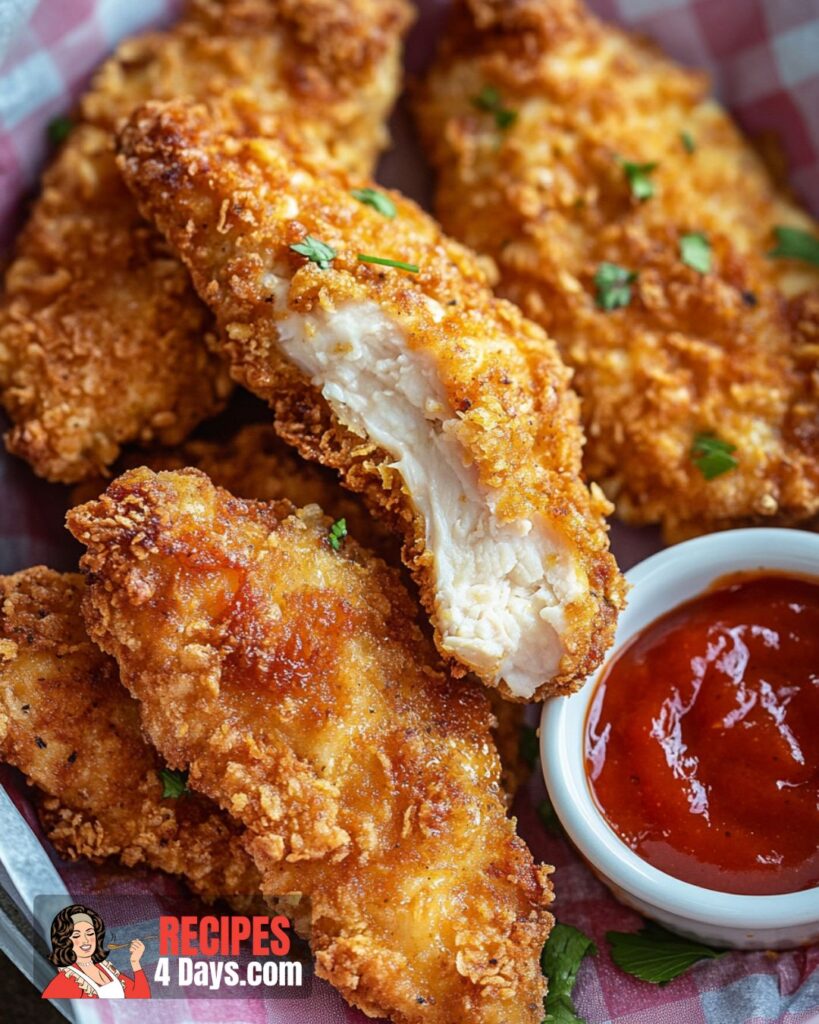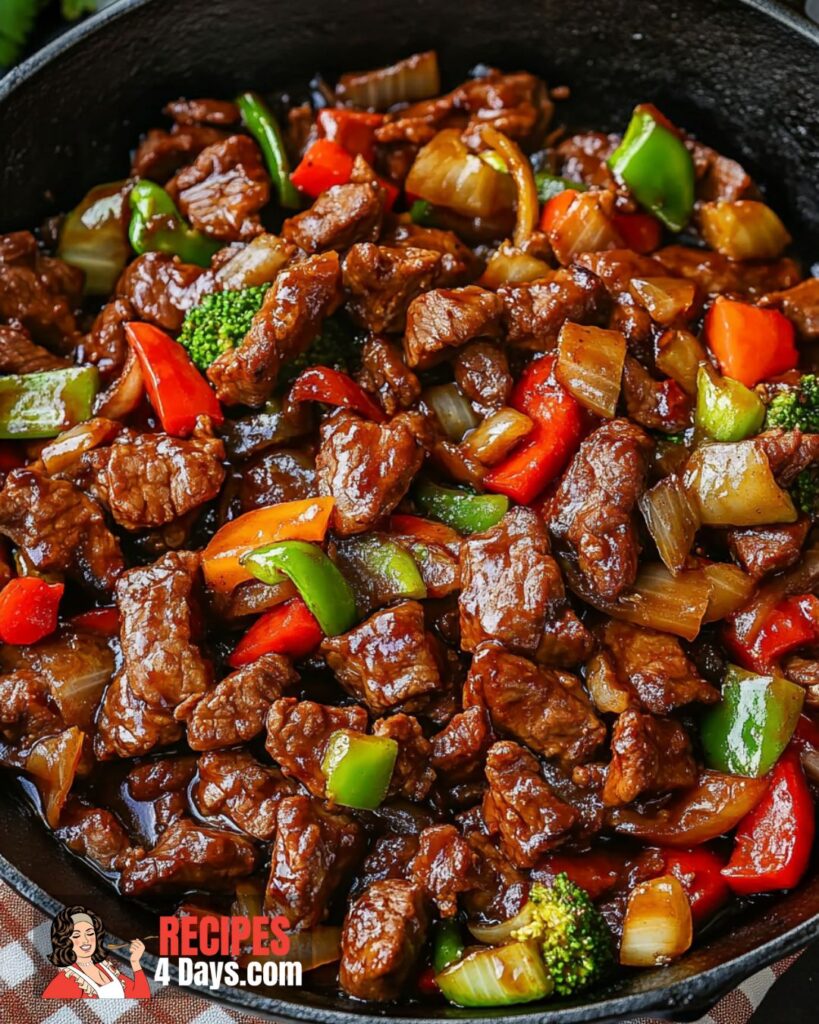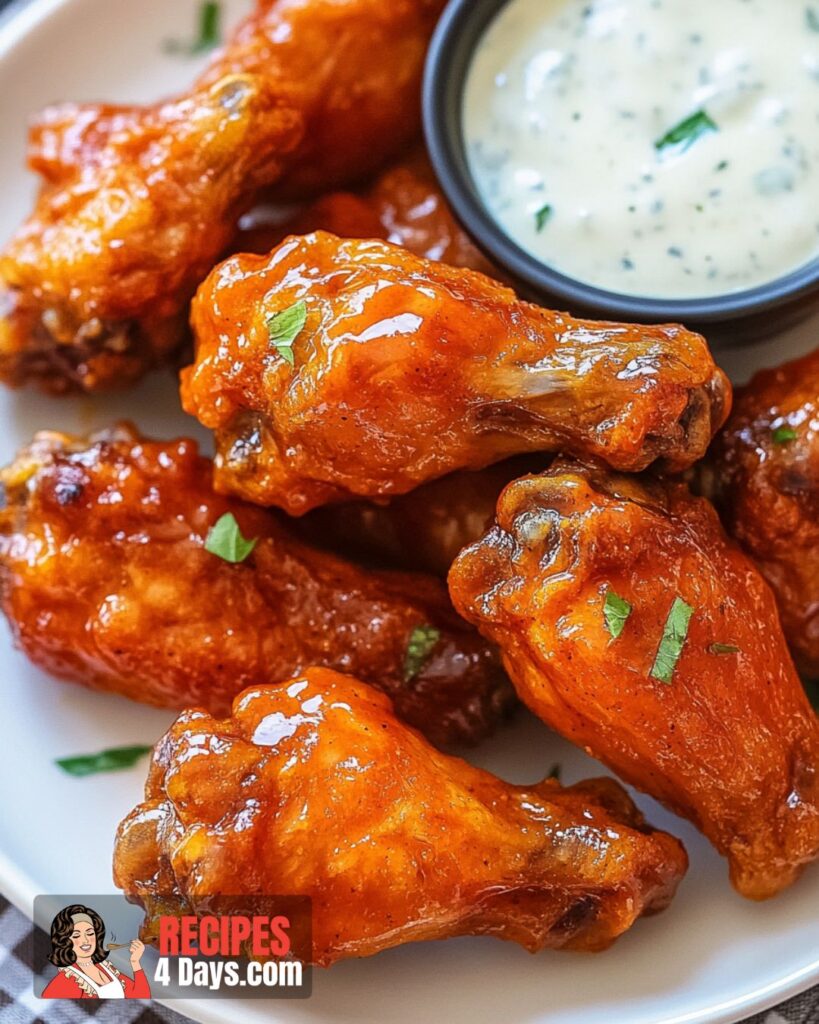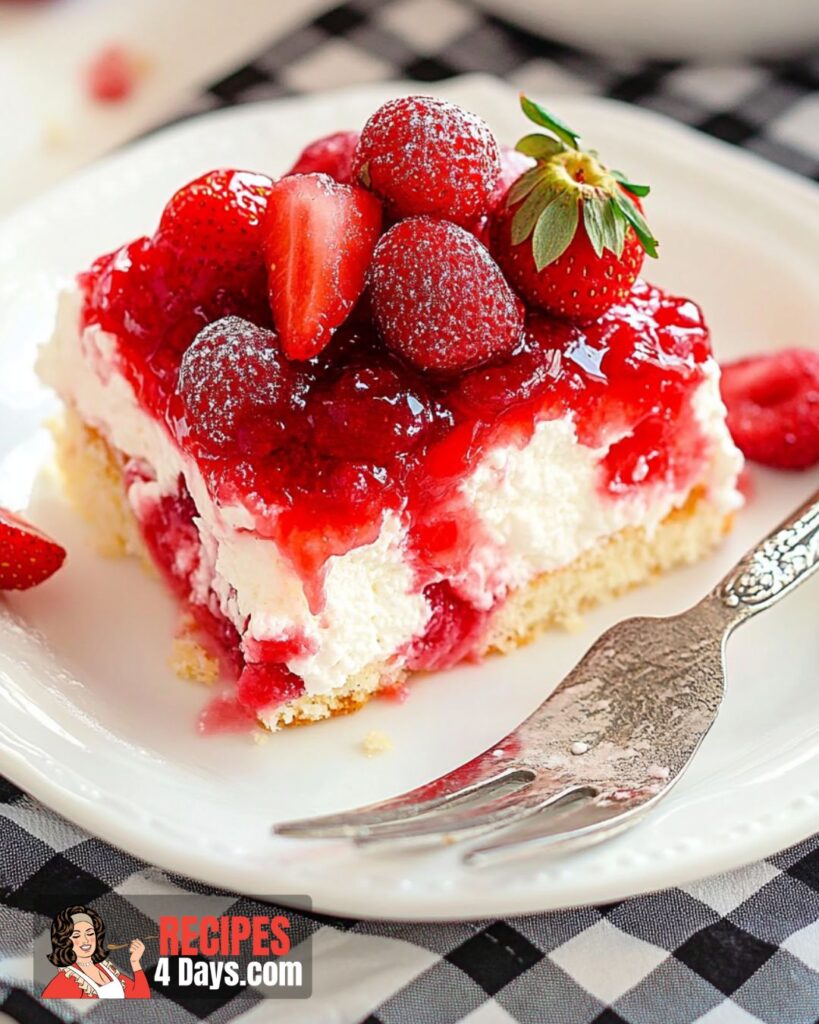Picture this: the heavenly aroma of freshly baked dinner rolls wafting through your home, evoking memories of warmth and comfort. There’s something truly magical about the smell of warm bread straight out of the oven. Whether it’s a family gathering, a holiday feast, or a simple weeknight dinner, the best dinner rolls recipe is an essential addition to your culinary repertoire.
Imagine sinking your teeth into a soft, pillowy roll that practically melts in your mouth. The perfect combination of lightness and richness, these dinner rolls will leave you in awe. Get ready to be blown away by their irresistible texture and buttery flavor.
But these dinner rolls aren’t just ordinary rolls. They are incredibly versatile, complementing virtually every meal. Whether you’re enjoying them alongside a hearty bowl of soup, pairing them with a succulent roast, or simply slathering them with butter and savoring them on their own, these rolls are bound to become a cherished staple on your dining table.
For me, the scent of fresh, warm bread or rolls coming out of the oven brings back treasured childhood memories. I can still vividly recall the joy of coming home from school to find freshly baked buns or bread awaiting me as the perfect after-school snack. To this day, that nostalgic aroma instantly transports me back to that happy time and place.
In this blog, I’ll be sharing with you the ultimate dinner roll recipe, perfected over time to achieve unrivaled softness, fluffiness, and flavor. From the carefully selected ingredients to the step-by-step instructions, I’ll guide you through the process of creating these sensational rolls that will leave your family and friends begging for more.
Why aren t my yeast rolls fluffy?
Click here to get printable version
If your yeast rolls are not fluffy, there are a couple of possible reasons for this. Firstly, it could be due to the addition of excessive flour or the use of solely bread flour. It’s important to strike the right balance and avoid overloading the dough with flour, as it can make the rolls dense and less fluffy.
Additionally, if you don’t allow enough time for the dinner rolls to proof and rise before baking, they may turn out dense instead of light and airy. Proper proofing is crucial for yeast-based breads as it allows the dough to ferment and develop the desired texture.
To achieve fluffy yeast rolls, it’s important to follow a balanced recipe that specifies the appropriate amount of flour. Use a combination of all-purpose flour and bread flour for the best results. Furthermore, ensure that you give the dough sufficient time to rise and proof before baking, allowing the yeast to do its job in creating a fluffy texture.
What makes yeast rolls hard?
Yeast rolls can become hard due to a few factors, with the amount and type of flour being key contributors. If you add too much flour or use flour with a high protein content, such as bread flour or all-purpose flour, it can result in tough rolls, especially if the dough is overmixed.
When dough is overmixed, the gluten proteins in the flour can become overdeveloped. This excessive gluten development leads to a dense and tough texture in the baked rolls. It’s essential to handle the dough gently and avoid excessive mixing, which can activate the gluten formation and make the rolls hard.
To ensure soft and tender yeast rolls, it’s important to use the right amount of flour as specified in the recipe. Avoid adding excessive flour during the kneading process, as it can lead to tough results. Additionally, consider using a combination of flours, such as a blend of all-purpose and bread flour, to strike the right balance between protein content and texture.
How long does it take for yeast rolls to rise?
The time it takes for yeast rolls to rise can vary depending on various factors, but typically it takes about 1-2 hours. This timeframe is based on the dough being placed in a relatively warm environment, which helps to activate the yeast and facilitate the rising process.
Once the dough has been mixed and kneaded, it needs to be left undisturbed to rise. During this period, the yeast ferments and produces carbon dioxide, causing the dough to expand and become light and airy. After the initial rise, it is important to “punch down” the dough gently to release any excess air.
Once the dough has been punched down, it can be shaped into rolls. At this point, the rolls need to undergo a second rise. This second rise helps to further develop the flavor and texture of the rolls. Typically, this second rise lasts for about 1 hour.
After the second rise, the yeast rolls are ready to be baked. The baking process usually takes around 20-25 minutes, or until the rolls have turned a golden brown color. Keep in mind that baking times may vary depending on the size of the rolls and the specific recipe being used.
Is water better than milk for yeast rolls?
When it comes to choosing between water and milk for yeast rolls, both options have their advantages. Adding milk to the dough, in addition to water, can enhance the richness and flavor of the rolls. Whole milk is often recommended for the best texture and flavor in yeast-based dough.
Milk contains proteins and fats that contribute to a softer and more tender texture in the rolls. The proteins in milk can help strengthen the structure of the dough, resulting in a better rise and a lighter, fluffier final product. The fats in milk also add moisture and richness to the rolls, making them more flavorful.
On the other hand, water serves as a straightforward and neutral liquid for hydrating the dough. It allows the other ingredients, such as the flour and yeast, to shine without introducing any additional flavors. Water is commonly used in many bread recipes and can still produce satisfactory results in terms of texture and rise.
Ultimately, the choice between water and milk for yeast rolls depends on personal preference and the desired characteristics of the final product. If you’re aiming for a richer, more flavorful roll with a softer texture, incorporating milk, especially whole milk, is a recommended option. However, if you prefer a more neutral taste and are satisfied with a standard texture, water can be a suitable choice.
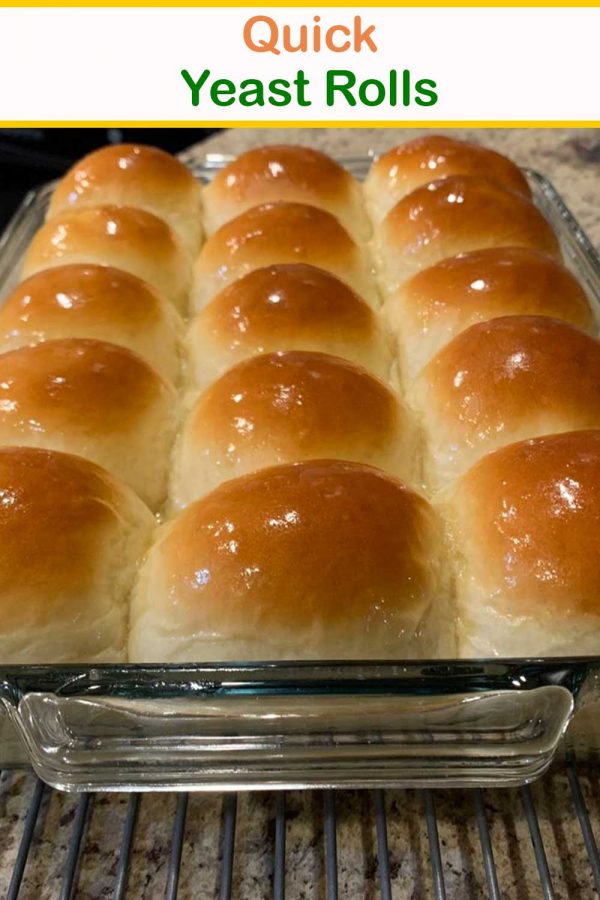
Quick Yeast Rolls
Ingredients
- 1 cup milk
- ½ cup of water
- 2 packages active dry yeast
- ¼ cup butter or margarine
- 3 Tablespoons sugar
- 3½ cups all-purpose flour
- ½ tsp salt
Instructions
- Combine milk, water, and butter. Bring to baby-bottle warm.
- To start the yeast fast, dissolve the sugar and the yeast in the milk mixture.
- Add the flour, a little at a time, until you get your desired consistency.
- Knead dough on a well-floured surface, sprinkling in the salt as you go.
- Place in an oiled, covered container. Let rise in a warm place for 15 minutes.
- Punch down and shape into about 24 small rolls.
- Put 2 balls in each hole of a greased muffin pan. Sides should just touch--don't pack. You have to work quickly because this dough rises fast!
- Let the shaped rolls rise for 15 minutes.
- Bake in a preheated 450° oven for 12 minutes or until nicely browned.
